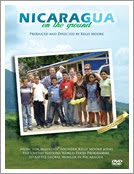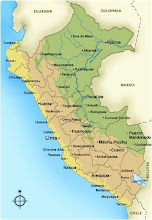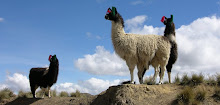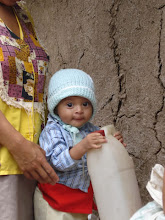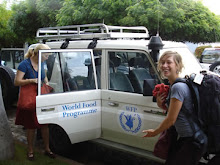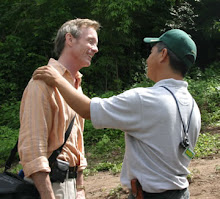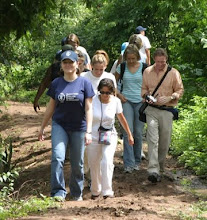

I just got back from Peru on early Wednesday morning. It was truly a life-changing experience. Before this trip, I would always say, “I can talk about global hunger and the work of WFP until I’m red in the face, but I won’t truly understand it until I see it firsthand.” Well, this turned out to be true. As we were visiting the operations in Peru, I just couldn’t get over how impressive and efficient WFP was in implementing its programs. I saw how WFP does more than just feed people; it helps people feed themselves.
I was fortunate enough to visit a tile-making factory while I was in Peru. The factory was in the village of En Puruchcku. The factory looked very different than the ones we have in the United States. It was an open area, with a couple of huts and a big oven like building. Most of the work was done outside. The factory opened in 2007 and started out as a food for work project. WFP and ABA (WFP’s non-governmental partner in Peru) taught the factory workers different methods of tile production. In 2007 and 2008, the project was able to provide roof tiles for 180 homes (with 400,000 tiles), 9,000 block tiles used for the flooring of homes and 1,000 tubes needed for a sprinkler and irrigation system used throughout the community.
The factory has had so much success that they are now receiving money, instead of food, for their work and are selling these tiles to other communities in the area, as well as several companies in the nearby city of Ayacucho. Prior to purchasing tiles from En Puruchcku, factories in Ayacucho were buying tiles from the capital city of Lima, several hundred miles away.
I found the people who worked in this factory to be truly inspirational. They were extremely hard workers and had a passion for their craft. It really shows you what someone can do with a little bit of help.
Listen to our Behind the Scenes Conference Call from Lima.
Brian J. Ward
Outreach Associate
Friends of WFP












